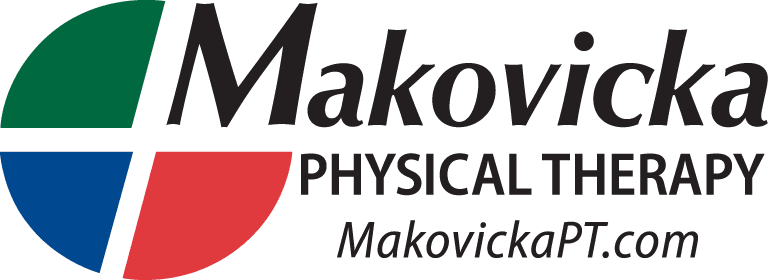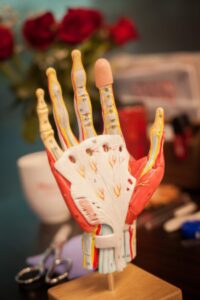An amputation is the loss of a body part such as a finger, hand, arm, toe, foot, or leg which may be caused by a severe injury, infection, frostbite, or a health condition such as diabetes or peripheral artery disease. Amputations may be necessary to prevent an infection from spreading to other parts of the body. Here is some helpful information to consider:
Surgery
During surgery, a surgeon will remove the diseased or injured tissue, then shape the end of the residual limb to prepare for a prosthetic. Patients are monitored during the incision healing process. Commonly, people are fitted with a compression sleeve to help control swelling and ensure a good shape is achieved. At this time, patients may also be instructed to see a hand therapist to begin the process of improving the mobility of the residual limb and normal use.
Prosthetics
Ideally, a person will be fitted with a prosthetic device that will allow functional use of the residual limb. These devices may be either manually powered or electrically powered devices.
Manually powered means the “joints” of the device are positioned with the use of the nonaffected hand. Once in place, the prosthetic hand or finger is capable of heavy lifting or maneuvering of objects. Electronically powered devices are powered by muscle impulses in the residual limb. These prosthetics are capable of achieving fine motor skills. However, these are not as reliable for lifting and maneuvering heavy objects.
Advancements in technology related to prosthetics are ever-changing. It is important to stay up to date with the most recently developed prosthetic options available.
Why is therapy important?
Therapy is beneficial after the amputation of a finger, hand, or partial limb to ensure proper stretching is achieved to maintain a full range of motion or to prevent loss of motion of the parts of the hand or arm that remain. These parts are now responsible for achieving function that may have been compromised from having the amputation.
Other complications a person can experience after an amputation: increased sensitivity, stiffness, swelling, decreased circulation, infection, and numbness.
Therapy uses several techniques to assist parts of the body that have become overly sensitive to touch, textures and/or temperatures. During the therapy plan of care, patients are educated regarding how to implement these techniques at home. A hand therapist also has specialized knowledge on types of compression garments and appropriate use of ice or heat to help manage swelling.
If you have questions, don’t hesitate to contact Makovicka Physical Therapy’s University Place clinic to speak to a hand therapist.

